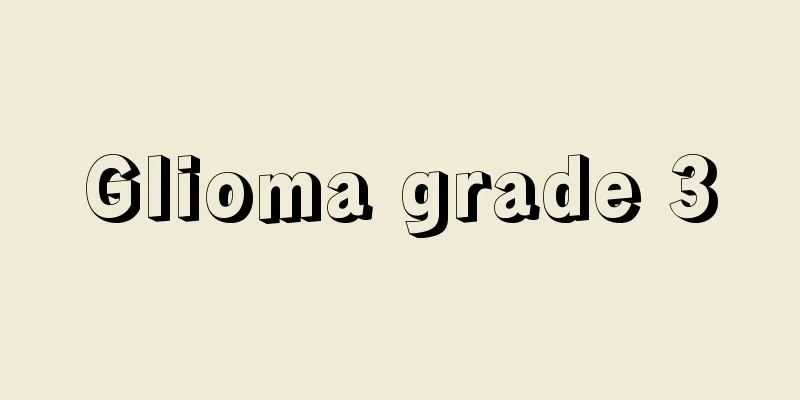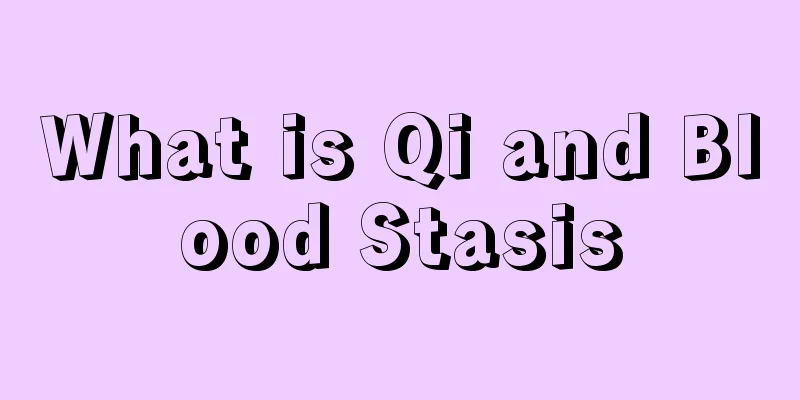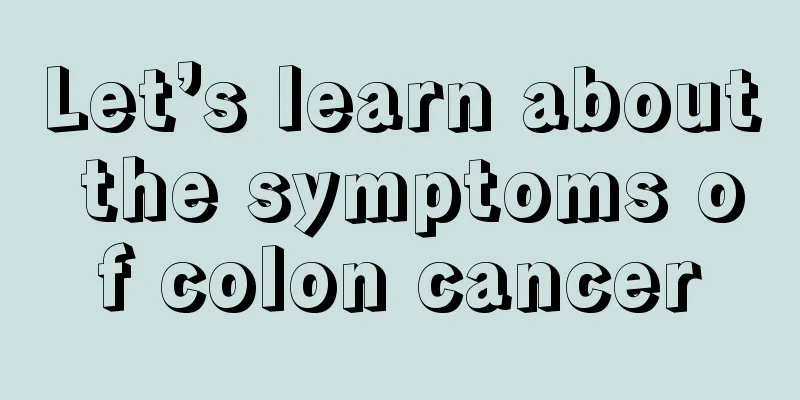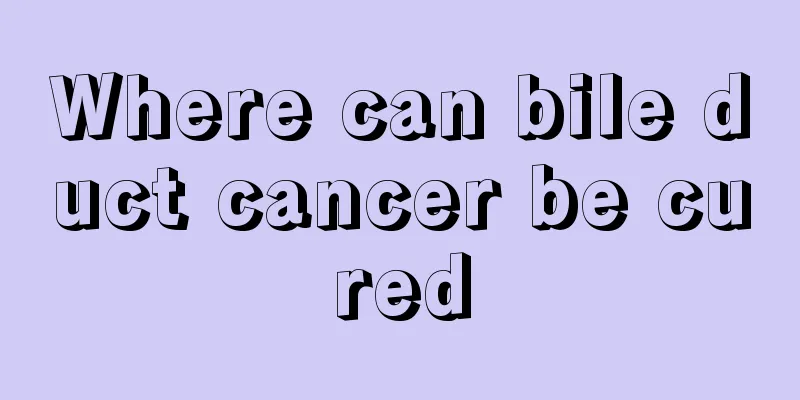Glioma grade 3

|
Tumor is a relatively common physical disease in the human body structure. The brain is an important part for any person as it controls their daily activities. Glioma is a common tumor problem that occurs in the brain, posing a great threat to people's health and life safety. Many people used to know that there are certain grades of tumors. So what is the specific condition of grade 963? Is it serious? 1. Will grade 3 glioma definitely recur after surgery? Grades 3 and 4 are both high-grade gliomas, which are also highly malignant brain tumors, and the outcome of the disease is not optimistic. For example, for grade 4 glioblastoma, even if surgery and postoperative radiotherapy and chemotherapy are performed, 70% of patients will relapse within 6 months. Moreover, most of the recurrence sites are new lesions. 2. Malignancy of different grades of glioma The World Health Organization classifies gliomas into four grades, ranging from low to high malignancy. Grade 1 is benign, grade 2 is low-grade malignancy, and grade 3 and 4 are highly malignant. 1. WHO grade 1 glioma (pilocytic astrocytoma): Surgery is curative. If there is residual tumor on postoperative imaging, a second surgery to remove the entire tumor may be performed. Radiotherapy and chemotherapy are extremely limited for this type of tumor. 2. WHO grade 2 glioma (low-grade glioma): Surgery is the main treatment for tumors in non-functional areas. For patients under 40 years old who have undergone gross total resection, no additional treatment is required. Patients with incompletely resected tumors under 40 years old and patients around 40 years old should receive radiotherapy regardless of whether the tumors were completely resected. 3. WHO grade III glioma (anaplastic astrocytoma): Surgery is required to achieve histopathological diagnosis and reduce tumor volume. The patient should undergo radiation therapy and chemotherapy. 4. WHO grade IV glioma (glioblastoma multiforme): Surgery is also required to achieve histopathological diagnosis and reduce tumor volume. Postoperative radiotherapy (dose around 60 Gy). Chemotherapy including carmustine, the combination of PCV (procarbazine, cyclohexyl lomustine, and vincristine), or temozolomide was used to control tumor growth. |
<<: How to clean teeth without a toothbrush
>>: Will drinking coffee make your teeth yellow?
Recommend
Will the recurrence rate of nasopharyngeal carcinoma be high after radiotherapy?
Radiotherapy is a common method for treating naso...
Is it better to do an X-ray on an empty stomach or after a meal?
X-ray examination is a frequently used examinatio...
Is lung cancer contagious? These common sense can explain the contagiousness of lung cancer
Lung cancer is a common disease in clinical pract...
How long does it take to measure with a thermometer
Thermometer is something that many people use, es...
Is domestic silicone rhinoplasty good?
Silicone rhinoplasty is the most common rhinoplas...
How long does varicocele surgery take?
The incidence of varicocele is relatively high am...
Who are the high-risk groups for prostate cancer
Have you heard of prostate cancer? This is a male...
How to maintain a cowhide bag
With the improvement of living conditions, people...
What are the early symptoms of breast disease
Breast disease is a relatively common gynecologic...
8 types of people should try to avoid taking cold showers
1. People with high blood pressure As soon as the...
Ten rules for couples to get along with each other
Love is a wonderful thing for many people, especi...
Does clove tea cause internal heat?
The song "Lilac" became popular all ove...
Starchy vegetables
Speaking of starch, everyone is familiar with it....
Will lung cancer definitely cause coughing up blood?
Will lung cancer definitely cause coughing up blo...
How to dice chicken breast
Chicken is a common meat. It is very nutritious. ...









